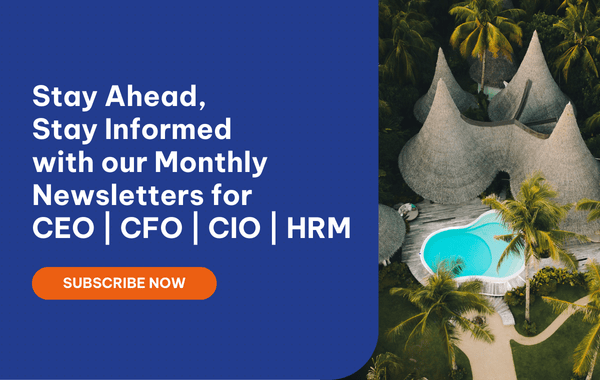In today's economy, change is inevitable for all enterprises. And it often happens at a very rapid pace. Because change has become an everyday part of enterprise dynamics, employees who resist change can actually cripple an enterprise.
Resistance is an inevitable response to any major change. Individuals naturally rush to defend the status quo if they feel their security or status are threatened.
Coetsee (1999) states "any management's ability to achieve maximum benefits from change depends in part on how effectively they create and maintain a climate that minimizes resistant behaviour and encourages acceptance and support".

The four management pillars
In the context of today’s constant change, enterprises can sustain growth by leveraging the following four management pillars:
- Approaching funding effectively and efficiently
- Approaching materials/ services directly configured in the bill of manufacturing in order to achieve higher productivity
- Mastering technology and finally
- Growing business sustainably with the best fit corporate governance model
Of the four pillars mentioned above, the importance of the last one can vary depending on the nature of businesses, culture and the level of change.
These four pillars form the backbone of the enterprise architecture that leads the enterprise towards the synergy of resources, technology, process, and people.
How to leverage this trend as the enterprise always put in place their question for their own answer in the different phases that the enterprise goes to as it grows from leadership, autonomy, control, red tape to growth crisis:
How to leverage this architecture as the enterprise navigates the turbulent storm of change, red tape, and growth crisis? An ERP implementation can help but only if you are ready for it.
Only if you have your own and appropriate answer for the implementation as it will be surely happening sooner or later. And If you decide your decision to go, the questions what the pre-requisite preparations are? Here, below the key elements of your thoughtful implementation strategy.
ERP Implementation Strategy
Shared Vision, Mission and Values
In order to ensure the success of the project, its objectives/goals must be in line with the organisation’s shared vision, mission and values.
Strategy, Objectives & Goals
This is also to ensure that the enterprise as an ecosystem will be operating well within the architecture in the short, medium, and long run.
Project Charter
Project charter comes into the picture whilst you develop Background, Objectives, Scopes, Constraint, Assumptions, Risks and Deliveries of the project. It aims to provide insights for all project stakeholders.
Change management and P&Ps
Change management is required for the implementation and it should be considered an opportunity to speed up value delivery and improvement. Also, change can introduce positive impacts into process and procedure to-be.
Data Hierarchy & Standardisation
The master data should be stable as it is essential to the system’s operations for its whole life. What you can do is to map your current data into the new structure.
Work Organisation
The system should be designed for future use and adaptable to change and growth. In order to achieve this goal, the work organisation needs to be reviewed and fined tune to adapt to changes.
Go-live, post-implementation
The system go-live is a critical milestone, it also needs to be supported and reviewed on a timely basis, so that the system will be optimized for better operations.

With respect to the relationship between the corporate culture and the Project, there are areas to be considered such as consultancy level of adaptability and:
- Culture fit/work style
- Corporate learning development
- Connection through sharing, education
- The increase of vision through leading/ direction behaviour
- Emotion, insight and communication
- Vertical & best practice domains
- Knowledge management, governance
Road-map for implementation as considered with following factors:
- Partnership (level of collaboration)
- When
- How
- Budget (TCOs)
- Milestones, Outcomes
Competitive edges across valued chains through improvement of KPIs:
- A single view of business analytics
- Data drilldown and reports at the level of operational/ manageable needs
- Bottle-neck of data across processes improved
Business process integrated across three layers (1. Organisation 2. Processes 3. Jobs):
- Strategy in place and linked to functional goals and measures
- Goals linked to customer/ enterprise requirements with KPIs defined & sub-goals set
- Job output/ standards linked to process requirements with the management of resources/ workforces
Policies (1. Project 2. Resources 3. ICT):
- In-house services resources are oriented and developed
- Business and technical skills combined via people development and road-map
- Improvement of current/ future state of expertise and confidence
Team building & core teams:
- Improve awareness
- Education and development
- Job description/ career path
- Public Relation
Finally, a project is a temporary endeavour undertaken to produce a work product, service or result. It is scheduled to solve problems and constrained by performance, time, cost and scope requirements. It is dedicated to those who are brave to face challenges and obstacles to turn them into works which are not previously performed or ever performed.
The outcomes are unturned stones for the company and the ones who take part in proactively to build sustainable growths of the company in business and in their career developments are benefited to be a member of the project.
 English
English  Vietnamese
Vietnamese 

